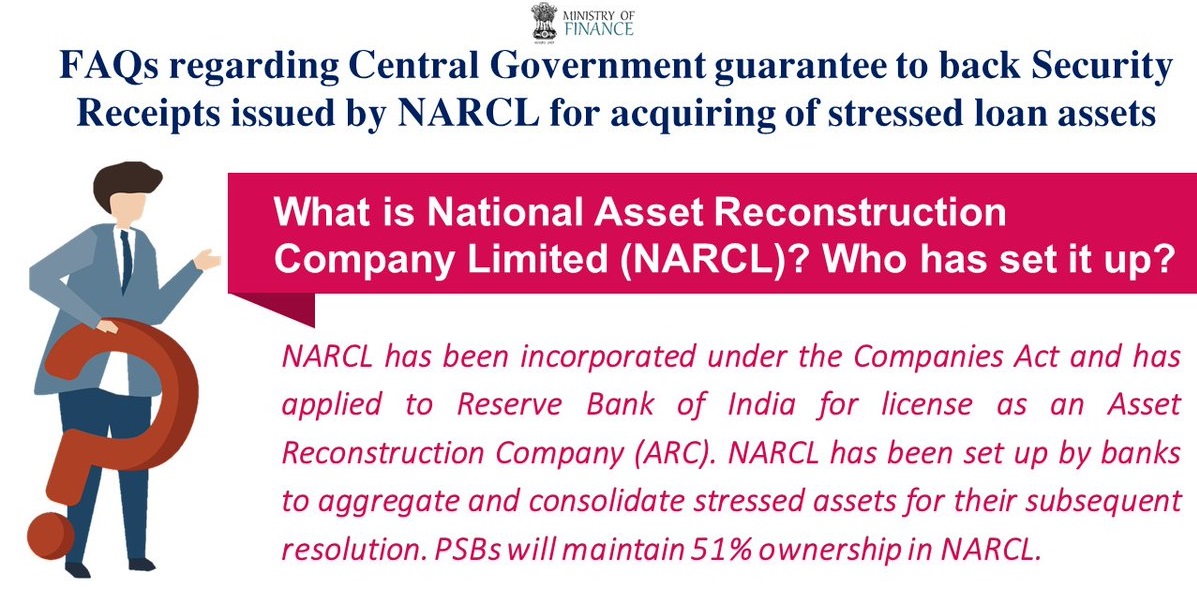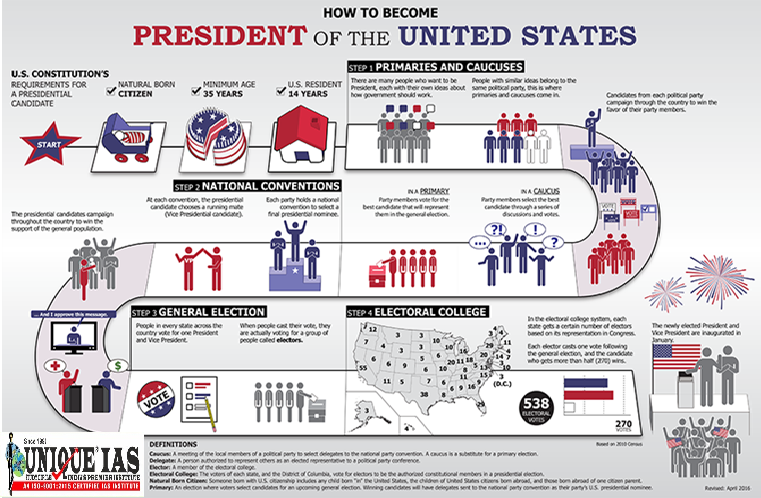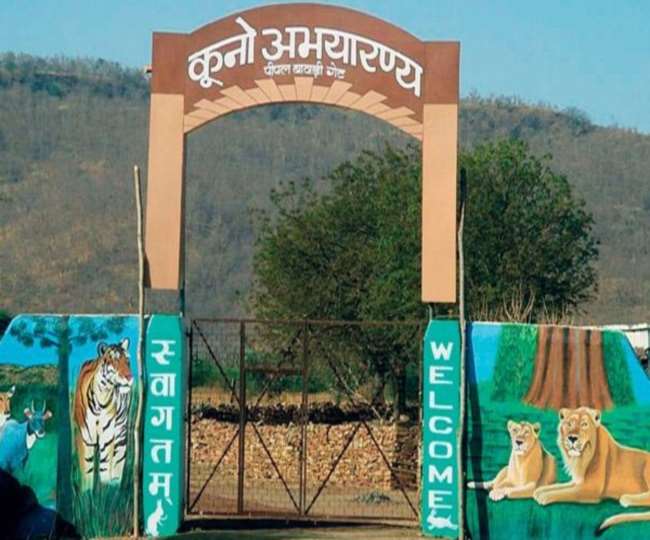Insolvency and Bankruptcy Code (Amendment) Bill, 2021
Why in news?
The Parliament has passed Insolvency and Bankruptcy Code (Amendment) Bill, 2021, on August 3, 2021 after Rajya Sabha approved the bill amidst the protest.
Union Corporate Affairs Minister Nirmala Sitharaman had tabled the amendment bill that seeks to amends the Insolvency and Bankruptcy Code, 2016.
What are the salient features of the Insolvency and Bankruptcy Code (Amendment) Bill?
-The Bill replaces the Insolvency and Bankruptcy Code (Amendment) Ordinance, 2021 that was promulgated on April 4, 2021.
-The bill will provide for an alternate insolvency resolution process for micro, small and medium enterprises (MSMEs).
-This resolution will be called as “pre-packaged insolvency resolution process (PIRP)”.
- It introduced an alternate insolvency resolution process for Micro, Small and Medium Enterprises (MSMEs) with defaults up to Rs 1 crore called the Pre-packaged Insolvency Resolution Process (PIRP).
- Minimum threshold default of Rs 10 lakh for initiation of pre-pack insolvency resolution process.
- Under the pre-pack process, a resolution plan is negotiated between the debtor and creditors before formal proceedings start.
-This combines efficiency, speed, cost effectiveness and flexibility with the binding effect of a formal process.
- Under the pre-pack system, financial creditors will agree to terms with a potential investor and seek approval of the resolution plan from the National Company Law Tribunal (NCLT).
What is MSEM ?
|
Classification |
Micro |
Small |
Medium |
|
Manufacturing Enterprises and Enterprises rendering Services |
Investment in Plant and Machinery or Equipment: |
Investment in Plant and Machinery or Equipment: |
Investment in Plant and Machinery or Equipment: |
What is the difference between Insolvency and Bankruptcy ?
Insolvency: It is a situation where individuals or companies are unable to repay their outstanding debt.
Bankruptcy: It is a situation whereby a court of competent jurisdiction has declared a person or other entity insolvent, having passed appropriate orders to resolve it and protect the rights of the creditors. It is a legal declaration of one’s inability to pay off debts
What is NCLT ?
-The National Company Law Tribunal is a quasi-judicial body in India that adjudicates issues relating to Indian companies.
The tribunal was established under the Companies Act 2013 .
NCLT Disposes proceedings under the Companies Act, including proceedings relating to arbitration, compromise, arrangements, reconstructions and the winding up of companies shall be disposed off by the National Company Law Tribunal.
The NCLT bench is chaired by a Judicial member who is supposed to be a retired or a serving High Court Judge and a Technical member who must be from the Indian Corporate Law Service, ICLS Cadre.
The National Company Law Tribunal is the adjudicating authority for the insolvency resolution process of companies and limited liability partnerships under the Insolvency and Bankruptcy Code, 2016.



 Bill, 2021.jpg)
.jpg)


.jpg)
.jpg)





